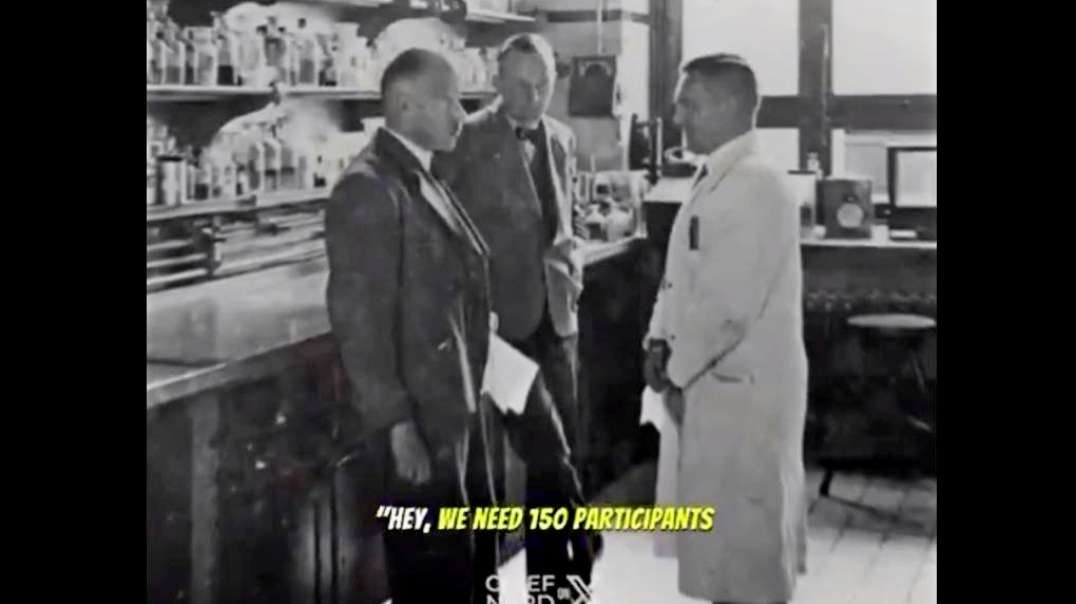What is dark matter made of? Leading theories explained: Axion, Wimp, Machos
Get 50% off NordPass at https://nordpass.com/arvin or use a code ARVIN. Only $2.49/mo, plus you get an additional month for FREE!
Is dark matter real? What is dark matter made of?Axions, Wimps, Machos explained. (Part 2 will be "why dark matter may not be matter at all") One of the biggest questions in science is: What is the universe made of? There is about 6X more matter in the universe than we can see. This invisible matter is called dark matter. Without dark matter, we would not exist. If dark matter is invisible, how do we know that it is there? And what could it actually be?
The first evidence of Dark Matter came from Fritz Zwicky in the 1930’s, when he saw that the galaxies in clusters like the Coma cluster were moving at very high speed. They could not stay gravitationally bound and should get ripped apart unless they had 100 times the matter that he could see. He coined the term “Dark Matter.” In the 1970’s, Vera Rubin confirmed the idea of dark matter. She measured that the velocity of stars on the outer edge of galaxies was about the same as those closer to the center.
Near the center of the galaxy, there is enough visible matter to account for this speed, but at the edges, there is a greater and greater mismatch between the orbital speed of the stars and the visible matter.
How do we know that this dark matter is not just ordinary matter that is hard to see - MACHOS – massive compact halo objects. The distribution of dark matter based on the rotational curves gives us a clue. It appears to be distributed evenly as well as like a halo around the outer edge of galaxies, and not clumped up like visible matter is. This can be explained if we theorize that this matter interacts very weakly with itself. But ordinary matter does not interact weakly,
The bullet cluster is the best evidence. The majority of the matter, as indicated by gravitational lensing, is in the blue areas of the photo. This is the dark matter that simply did not interact with the ordinary matter or with itself, as the two clusters collided, and just passed right through.
Here are the properties a potential dark matter particle must have:
1) It must be dark, or does not emit light.
2) It must interact through gravity.
3) It must interact with itself weakly.
4) It must be cold. It is not moving at very high speeds.
5) It must be stable.
Could the particle be an ordinary particle in standard model? The only massive neutral particle in the standard model that is stable is the neutrino. But because neutrinos are so light, they are not cold. They move very fast.
If we invent a new particle that does not interact with electromagnetism, has no strong nuclear force interactions, but does interact through the weak nuclear force and through gravity, then we have just invented the WIMP or weakly interacting massive particle.
And there is a model in physics that predicts exactly such a particle - supersymmetry. It says for every kind of fermion particle, there would be corresponding boson particle with the same charge and mass, and the same strong and weak nuclear force interactions. But it would have a different spin and mass.
A perfect candidate exists in supersymmetry - the neutralino. The neutralino would be the lightest supersymmetric partner of the photon, the Z boson, and the Higgs bosons. But the biggest problem with the Neutralino theory is that we should have been able to detect it at the Large Hadron Collider, and so far we have not.
The axion is the second viable candidate to be the dark matter particle. The axion was invented to solve the charge conjugation and parity symmetry problem with the strong nuclear interaction, or "the strong CP problem."
CP symmetry basically means that the laws of physics should be the same if a particle is replaced by its antiparticle (C symmetry) and its spatial coordinates are inverted to its mirror image (P symmetry). The neutron has a property called a magnetic moment or spin. This means that if you put the neutron in a magnetic field, the neutron will have a spin. But the neutron should also have a spin in an electric field. But it does not. No one knows why. This is the problem. This lack of spin is dependent on one of the fundamental constants of nature, called Theta. Theta has to be zero. But theta should vary anywhere from negative pi to pi. This seems to be a huge fine-tuning coincidence.
#darkmatter
#axions
#wimps
In 1977, two physicists Roberto Peccei (pechchaye) and Helen Quinn proposed a theory which solved this problem, by creating a new field for theta instead of it being just a fundamental constant. And since most fields maintain the lowest possible energy state of zero, that’s what theta would also seek to be – zero. But it also means that this field will have a particle associated with it. This particle of the theta field is called the axion. Axion experiments are being done in Hamburg, Germany, and in CERN, but so far nothing has been detected.



















